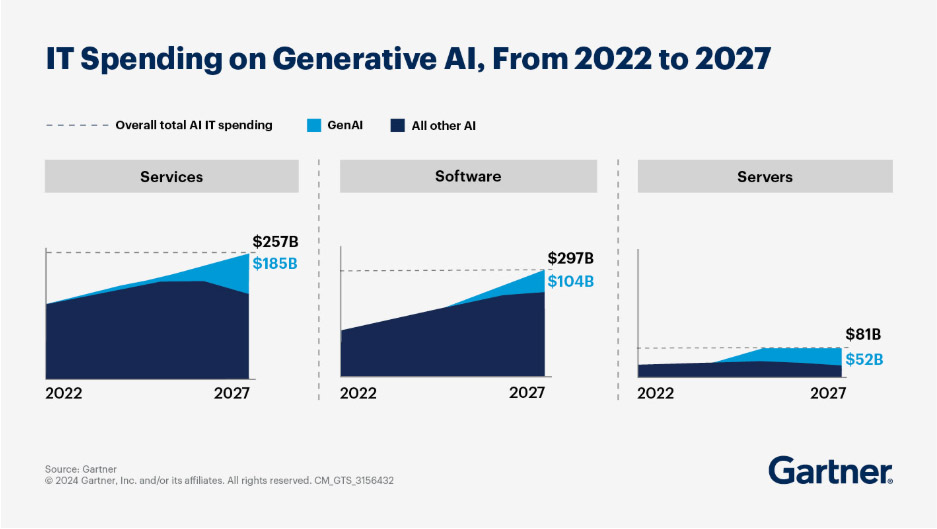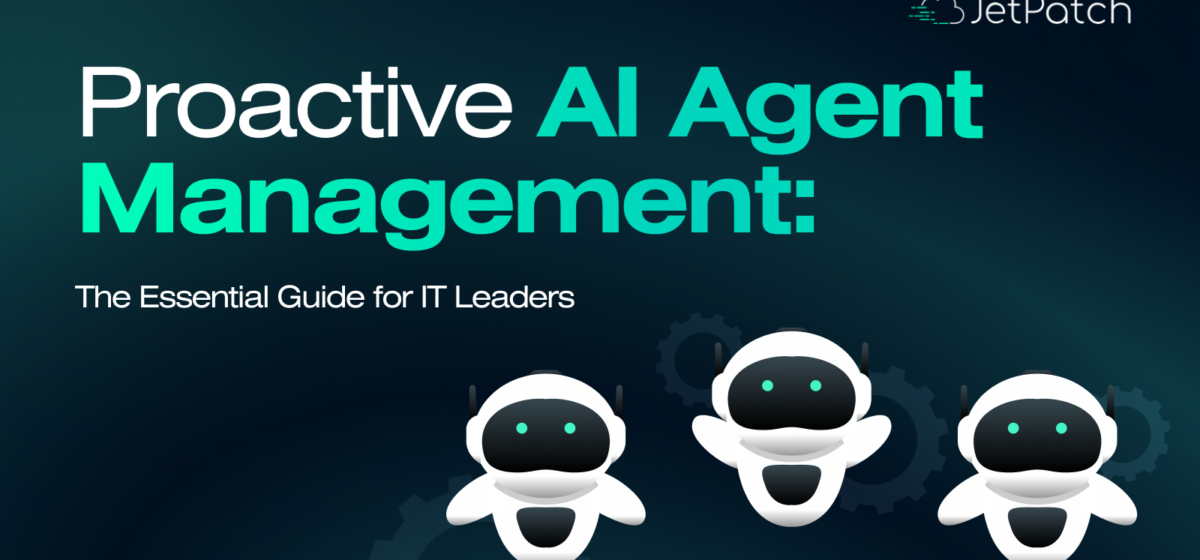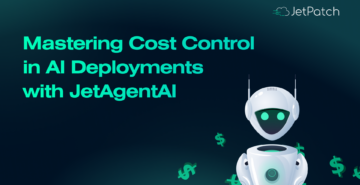In today’s digital landscape, artificial intelligence (AI) is changing industries by smoothening processes and enhancing decision-making. However, the true power of AI lies in effective management, especially when working with AI agents. This blog is for IT professionals, IT directors, and CTOs, offering a deep dive into strategies for managing AI systems with an emphasis on operational efficiency, cost optimization, and security.
Overview of AI Management Challenges
AI adoption comes with its own set of challenges, particularly for enterprises managing diverse systems. Key issues include:
- Lack of Real-Time Insights: Without continuous monitoring, performance bottlenecks and inefficiencies can go unnoticed.
- Rising Costs: The unregulated use of AI agents can result in escalating operational expenses.
- Security Threats: AI systems are increasingly targeted by sophisticated cyberattacks, including prompt injection attacks.
- Compliance and Privacy: Balancing AI innovation with AI and privacy regulations is an ongoing struggle.
To address these challenges, IT leaders need actionable strategies and tools. Let’s start by exploring the importance of real-time tracking and security.
The Importance of Real-Time Tracking and Security
As AI systems grow in complexity, real-time tracking becomes indispensable. For AI agents, this means:
- Improved Visibility: Gain actionable insights into workflows, processing times, and resource allocation.
- Performance Optimization: Quickly identify and resolve issues to maintain seamless operations.
On the security front, protecting AI systems involves mitigating risks such as:
- Data Breaches: Unauthorized access can expose sensitive information.
- Malicious Manipulation: Attacks like prompt injection can disrupt AI decision-making processes.
To tackle these risks, IT professionals must adopt robust monitoring tools that ensure secure, real-time oversight of their AI systems.
With security and tracking in place, the next step is managing costs effectively. Let’s break down the financial aspects of AI management.
Understanding AI Costs
Cost management is a critical aspect of AI operations, particularly for enterprises deploying multiple AI agents. Key cost drivers include:
- Infrastructure Costs: Expenses related to cloud storage and processing.
- Token Usage: Many types of agents in AI operate on token-based architectures, where cost correlates directly with token consumption.
- Training and Maintenance: Regular updates and optimizations for different types of agents in AI also contribute to overall costs.
The Role of Token Usage in Managing Expenses
Tokens are a fundamental component of AI models, determining the amount of data processed and generated. For IT directors and CTOs, monitoring token usage helps:
- Control unnecessary expenditures.
- Ensure efficient resource allocation.
- Align AI investments with organizational goals.
Understanding these financial drivers is crucial, but what steps can you take to optimize costs? Let’s dive into practical strategies next.
Strategies for Optimizing AI Operational Costs
To mitigate costs without compromising performance, consider these strategies:
- Leverage Scalable Solutions: Adopt cloud services that scale with your workload requirements.
- Implement Token Management Tools: Use analytics to track and optimize token usage.
- Select Tailored Models: Deploy AI models specific to your operational needs, avoiding overprovisioned solutions.
- Automate Repetitive Tasks: Use automation to reduce manual workloads and improve efficiency.
While cost efficiency is vital, security remains equally important. Let’s delve into how to enhance AI security next.
Enhancing AI Security
For IT leaders, ensuring the security of AI agents is a top priority. Neglecting security can lead to severe consequences, from data loss to reputational damage.
Common AI Security Risks
- Prompt Injection Attacks: Exploits that manipulate inputs to cause AI misbehavior.
- Data Poisoning: Corrupting training datasets to skew AI outcomes.
- Unauthorized Access: Exploitation of system vulnerabilities for illicit control.
How Automated Monitoring Tools Safeguard AI Applications
Automated tools act as a first line of defense by:
- Continuously monitoring system behavior.
- Detecting anomalies and flagging suspicious activities.
- Enhancing security through encryption and controlled access.
Now that we’ve addressed security, let’s take a step back and examine the broader benefits of managing AI agents proactively.
Benefits of Proactive AI Agent Management
1. Cost Savings and Operational Efficiency
Proactive management reduces unnecessary expenditures and boosts productivity by:
- Streamlining token usage.
- Automating routine processes, freeing up resources for strategic initiatives.
2. Enhanced Compliance and Risk Management
With growing regulations around AI and privacy, proactive measures ensure your organization stays compliant while minimizing risks.
Key benefits of proactive AI management include:
- Regulatory Compliance: Ensures adherence to evolving privacy and data protection laws.
- Risk Reduction: Mitigates potential threats and vulnerabilities in AI systems.
- Strategic Advantage: Positions your organization as a leader in AI innovation while maintaining security.
These benefits highlight the value of a structured approach to AI management. So how can your organization implement these strategies effectively? Let’s explore a step-by-step guide.
Implementing AI Agent Management Solutions
To implement an effective management system, IT leaders should prioritize tools and methodologies tailored to enterprise needs.
Key Features to Look for in AI Management Tools
- Real-Time Analytics: Comprehensive dashboards to monitor performance and costs.
- Security Integrations: Built-in protection against threats like prompt injection attacks.
- Cost Optimization Metrics: Detailed insights into token consumption and operational expenses.
- Scalability: Adaptable solutions that grow with organizational demands.
Step-by-Step Guide to Initiating AI Management
- Audit Existing Systems: Identify inefficiencies, vulnerabilities, and cost drivers.
- Define Clear Objectives: Establish what you aim to achieve, such as cost reduction or enhanced security.
- Select the Right Tools: Choose platforms with features aligned to your goals.
- Train Your Team: Ensure staff are well-versed in using AI management tools.
- Monitor and Optimize: Regularly assess performance and adjust strategies accordingly.
With this roadmap in hand, it’s time to consider the financial impact. Let’s visualize AI operational costs with an infographic.

This graph represents IT Spending on Generative AI (GenAI) from 2022 to 2027, based on Gartner’s research.
Conclusion
Managing AI agents effectively is not just about deploying technology,it’s about creating a sustainable ecosystem that drives value while addressing risks. By focusing on real-time tracking, cost optimization, and robust security, IT professionals can unlock the full potential of AI systems.To elevate your strategies and unlock the full potential of AI-powered solutions, consider partnering with JetPatch. Our platform integrates with your IT environment, empowering your team with smarter, faster, and more cost-effective solutions.

